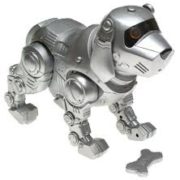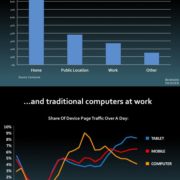Posts
 The new ROCKY DR10 8.4” and ROCKY DK10 12.1” tablets are now available for purchase. Faster, brighter, and tougher, these represent major upgrades for AMREL’s rugged tablet platform.
The new ROCKY DR10 8.4” and ROCKY DK10 12.1” tablets are now available for purchase. Faster, brighter, and tougher, these represent major upgrades for AMREL’s rugged tablet platform.
For the new ROCKY DR10 8.4‘’ fully rugged tablet, AMREL has added a:
- Powerful i7 processor
- Brighter display
- Improved memory
- Longer-lasting battery
Even ROCKY’s legendary ruggedness has been upgraded. Like many ROCKY products, the DR10 has been independently certified for MIL-STDs 810 & 461(military ruggedness standards), but AMREL has upped its game with an improved IP rating. ROCKY fully rugged tablets have proven their durability on multiple battlefields, earning them a Technical Readiness Level (TRL) of 9.
This article is a second in a series. To read “Part I: It’s an iPad world, not Windows 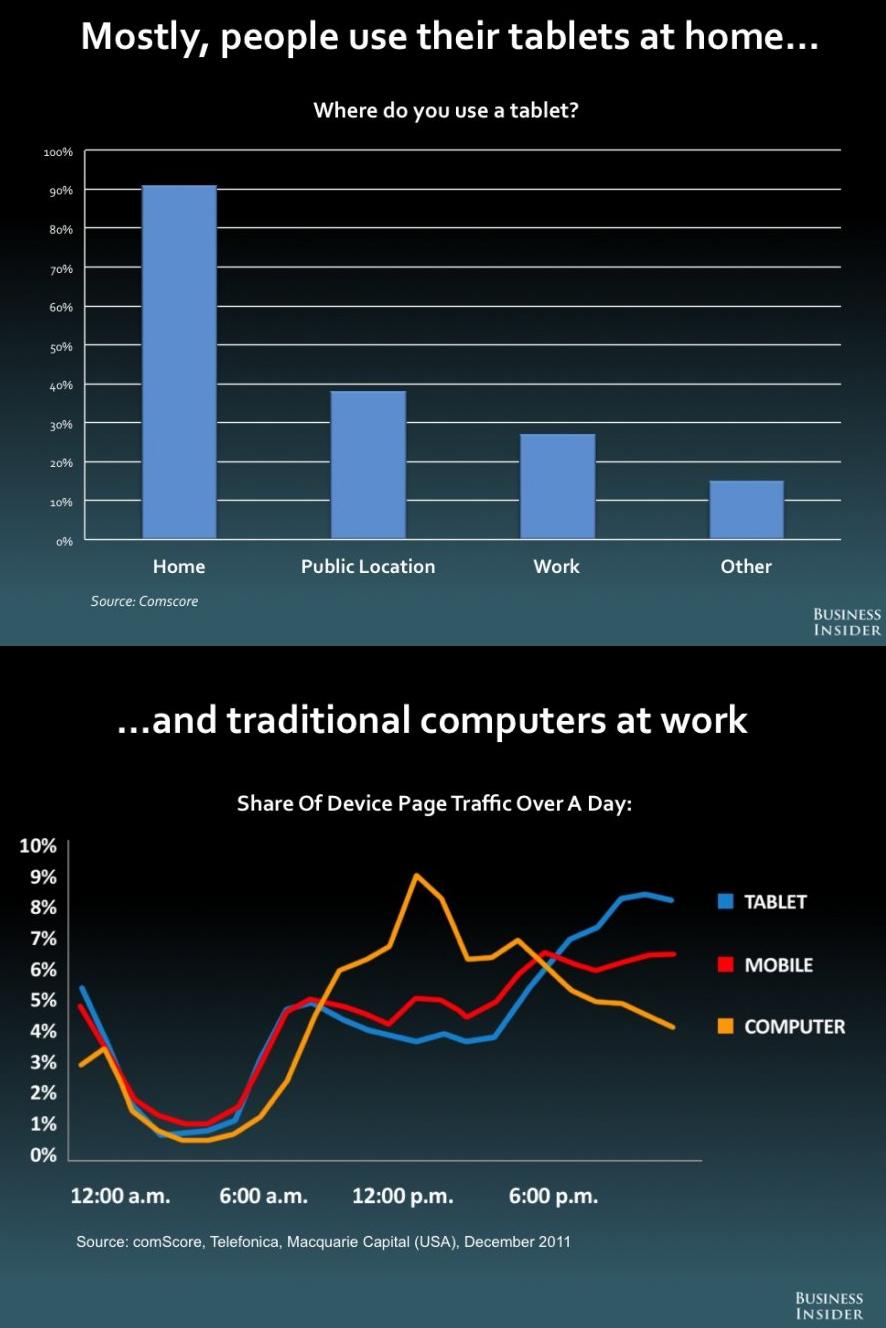 8’s” and the article in full, click here.
8’s” and the article in full, click here.
The PC is not dead; it’s just not at home
With 300 million sales this year, it may be a bit premature to mourn the passing of PCs. What the decline in PC sales really signifies, some argue, is the death of the home desktop. Take a look at these Business Insider illustrations:

AMREL has been awarded ISO 9001:2008 certification for design, engineering, manufacturing, andcustomization of rugged mobile computing solutions.
ISO 9001:2008 is an internationally recognized standard that specifies requirements for quality management systems. To receive certification, an organization must demonstrate that it meets a variety of requirements, including:
The quality system is regularly audited and evaluated for conformance and effectiveness.
The quality policy is understood and followed at all levels and by all employees. Each employee works towards measurable objectives. Read more
 April 22 is Earth Day, a time in which we reflect on how our actions affect the environment. These effects can be quite surprising, even dangerous. For example, it probably never occurred to you that recycling computers could potentially hamper National Security.
April 22 is Earth Day, a time in which we reflect on how our actions affect the environment. These effects can be quite surprising, even dangerous. For example, it probably never occurred to you that recycling computers could potentially hamper National Security.
To explain this bizarre chain of causality, let’s explain a few basics. First, your computer is full of lead and lots of other nasty stuff. That’s why you are not supposed to just dump them the trash; decaying computers can pour a variety of toxins into landfills. Secondly, your computer is full of gold and other valuable materials. Computer disposal and recycling is a big business. You may have seen announcements, such as this one in the ARMY Times, offering cash or at least shipping costs for discarded electronics. Computer and other electronics recycling have become standard features of church and other nonprofit fund drives. Read more
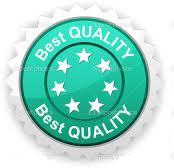 AMREL recently received a certificate from Chemring Detection Systems for our “Outstand Quality & Delivery Performance.” Quality is important for all businesses, but it is especially critical for companies like ours that do a lot of customization. We can’t just talk a good game about pleasing our clients; we have to deliver. We know we have been doing a good job. Still, it’s nice to be recognized.
AMREL recently received a certificate from Chemring Detection Systems for our “Outstand Quality & Delivery Performance.” Quality is important for all businesses, but it is especially critical for companies like ours that do a lot of customization. We can’t just talk a good game about pleasing our clients; we have to deliver. We know we have been doing a good job. Still, it’s nice to be recognized.
 Are keyboards dead? In view of their ubiquity, and proven usefulness, this may seem to be an absurd question, but some people are considering this possibility. The success of the keyboard-less iPad in penetrating the business market was one of 2011’s big surprises. Also, in an interview in the IEEE Spectrum, journalist Sally Wiener-Grotta noted the impressive number of stylus interfaces on display at the recent Consumer Electronics Show (CES). She even cites studies that claim that when we use handwriting input, “… we absorb information better and we express information better…” Read more
Are keyboards dead? In view of their ubiquity, and proven usefulness, this may seem to be an absurd question, but some people are considering this possibility. The success of the keyboard-less iPad in penetrating the business market was one of 2011’s big surprises. Also, in an interview in the IEEE Spectrum, journalist Sally Wiener-Grotta noted the impressive number of stylus interfaces on display at the recent Consumer Electronics Show (CES). She even cites studies that claim that when we use handwriting input, “… we absorb information better and we express information better…” Read more
Many people regard “end-user input” as something that happens at the end of a development process. However, the role of social media in the recent unrest in Middle East reminds us that end-users can be used for more than just “tweaking” solutions prepared by professionals. Faced with government cut-off of networking services, organizers are finding ingenious ways of using communication platforms. More and more, “ordinary people” are demonstrating creativity in all stages of the solution-development process.
Numerous examples of end-user resourcefulness are detailed in the Economist’s “Not just talk.” In developing countries, a cell-phone may be the only available computer, so people make the most of it. Farmers look for the best market prices, consumers track fake drugs, students take English lessons, and the unemployed look for work.
Cell-phones, especially smart phones, have also attracted the attention of the Defense establishment. While there has been formal research of smart phone applications, (The War App: Smart Phones Could Control Drone Camera discusses one of many efforts), the Defense community is also turning to end-users as a source of development.
As reported in by IStrategyLabs in “Apps for the Army Winners – Doubling Our Expectations,” a contest open to soldiers and civilians employed by the US Army resulted in many useful mobile and web applications. The success of this competition defied skepticism that said:
“ · The Army is too big and slow to do something like this
· Soldiers don’t know how to code
· Soldiers don’t know anything about security
· The apps will be low quality – leave the development to the pros
· The process will kill any excitement in the program”
In fact, “This program has taken the software development life-cycle down from an average of more than 1 year to roughly 90 days. Soldiers are now empowered and incentivized to build solutions to their own problems rather than rely on outside actors to big them the tools they need.”
The imagination of soldiers extends beyond communication solutions. Reputedly, the first armed robot used in theater was an ordinary IED-hunting Unmanned Ground Vehicle that had been jerry-rigged with weaponry by forward-placed soldiers. In NDIA’s ‘Robot Army’ in Afghanistan Surges Past 2,000 Units, Marine Corps Lt. Col. Dave Thompson, Project Manager for the Joint Project Office for Robotics systems (JPRO), indicated that soldiers are maintaining their inventiveness, “They are using them in ways we never expected.”
Early input by end-users accelerates the development process and improves the quality for the delivered solution. AMREL is in the solutions business, so we constantly seek early input from end-users at the Robotics Rodeo, Tactical Network Topology (TNT) field experiments and other events.
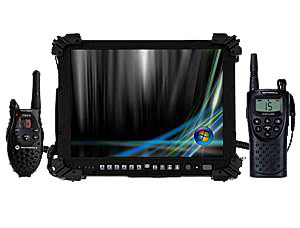 At AMREL, we see a lot of other people’s mistakes. Clients frequently come in with tales of woe, asking us to clean up messes made by them or their previous customization company. Some errors are specific to the customization process; others are true for rugged computers in general.
At AMREL, we see a lot of other people’s mistakes. Clients frequently come in with tales of woe, asking us to clean up messes made by them or their previous customization company. Some errors are specific to the customization process; others are true for rugged computers in general.
Of course, we’re happy for the business, but we think a little bit of knowledge can save everyone a lot of headaches. So, before you begin your journey through customization, take this short test to see if you’re ready.
Part One: True or False
Please indicate which of the following statements are true.
1) Mean Time Between Failures (MTBF) is a valid way of comparing quality of parts from different companies.
2) Customizations must be done by third parties.
3) The manufacturer’s warranty never includes customization.
4) Low-volume customizations are too expensive to be practical.
5) The warranty and purchase price reflect the true cost of the computer.
6) A signed obsolescence agreement with your vendor ends your worries about End of Life issues.
7) No such thing as “Customized COTS.”
Part Two: Name three wrong things the narrator did in the following story
“I needed a customized application for rugged computers. It was quite tricky. My team sat down, created a solution, and wrote the specs for it. We weren’t sure which rugged computer company to use, so we picked a large one, assuming they had the best capabilities. They explained to us that our specs weren’t practical. For one thing, the solid state hard drive required by our specs was much more expensive than we expected. We had to eliminate some of our wireless capabilities and other features in order to meet our pricepoint.”
Part Three: In one word, what is the most important thing to look for in a supplier of customized rugged computers?
For the answers to these questions, click here.
Biometric Handheld Solution Reviewed
Those guys at Rugged PC Review just can’t seem to get enough of our rugged mobile solutions. First, they review our RF8, RK8, RT8 notebooks and our DK8 & DR8 tablets. Now they are raving about our DA-5B, one of our handheld biometric solutions. Clearly, they know quality when they see it.
American Reliance, Inc.
789 N Fair Oaks Ave,
Pasadena, CA 91103
Office Hours
Monday-Friday:
8:00 am – 5:00 pm PST
Saturday: Closed
Sunday: Closed
Main: +1 (626) 482-1862
Fax: +1 (626) 226-5716
Email: AskUs@amrel.com
Blog Posts
Mobile Biometric Solutions
Mobile Biometric Smartphones & Tablets
BioFlex S® Commercial Smartphones
BioSense AT80B | 8″ Android Biometric Tablet
BioSense PA5 | 10.1″ (Gen 2) Android Biometric Tablet
BioSense PA5 | 10.1″ Android Biometric Tablet
BIOPTIX PM3B | 7″ Windows Biometric Tablet
BIOPTIX PM5B | 10.1″ Windows Biometric Atom Tablet

